New Submissions Are Not Currently Being Accepted
Samples sent after April 10, 2024 will be put on hold.
Viewing desktop version: Switch to Mobile
6-MAPB Powder (ASK14)
ID: 3276
| Test Date: | Sep 10, 2014 |
|---|---|
| Pub. Date: | Sep 10, 2014 |
| Src Location: | Unknown, Unknown, Unknown |
| Submitter Loc: | Unknown, Unknown Unknown |
| Color: | Off White |
| Size: | 200 mg |
| Data Source: | DrugsData (EcstasyData) |
| Tested by: | DDL |
| Lab's ID: | 20140900034 |

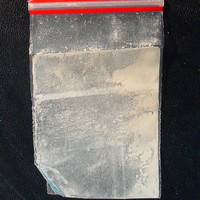
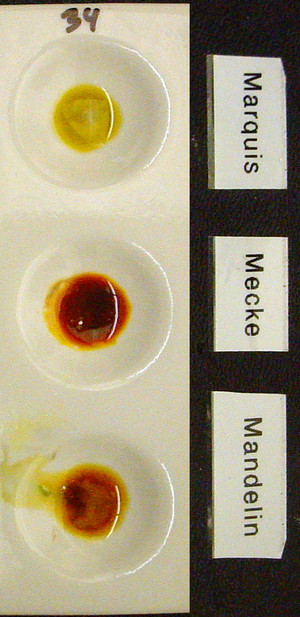
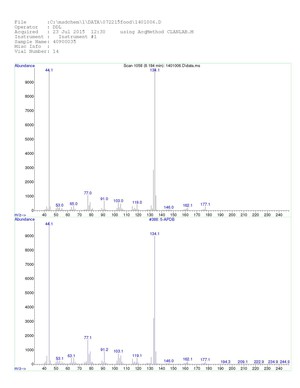
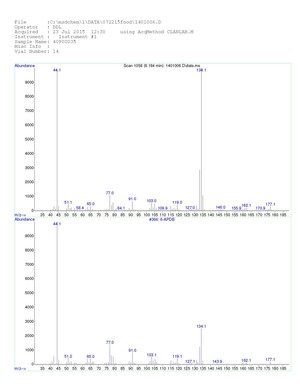

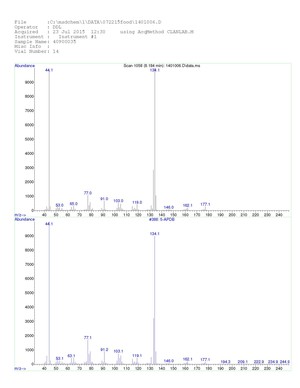
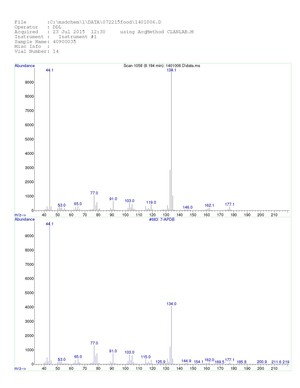

EcstasyData: After several re-examinations of this sample and comparisons to new databases, as of July 26, 2015, this sample is confirmed to be 5-APDB. This sample is NOT 5- or 6-MAPB
Initially, the lab's GC/MS technique could not differentiate between 6-MAPB and 5-MAPB. The substance was tentatively identified as being either 6-MAPB or 5-MAPB.
Erowid ordered several lab standards for similar substances that the lab used to calibrate their GC/MS equipment to better be able to identify this class of substances. After examining these new chemical standards, the lab changed its identification of this sample 6-APDB.
This identification is still tentative because we have not yet been able to acquire a lab standard for 6-APDB. However the lab is confident that the sample submitted is NOT an -MAPB or -APB.
The lab wrote: